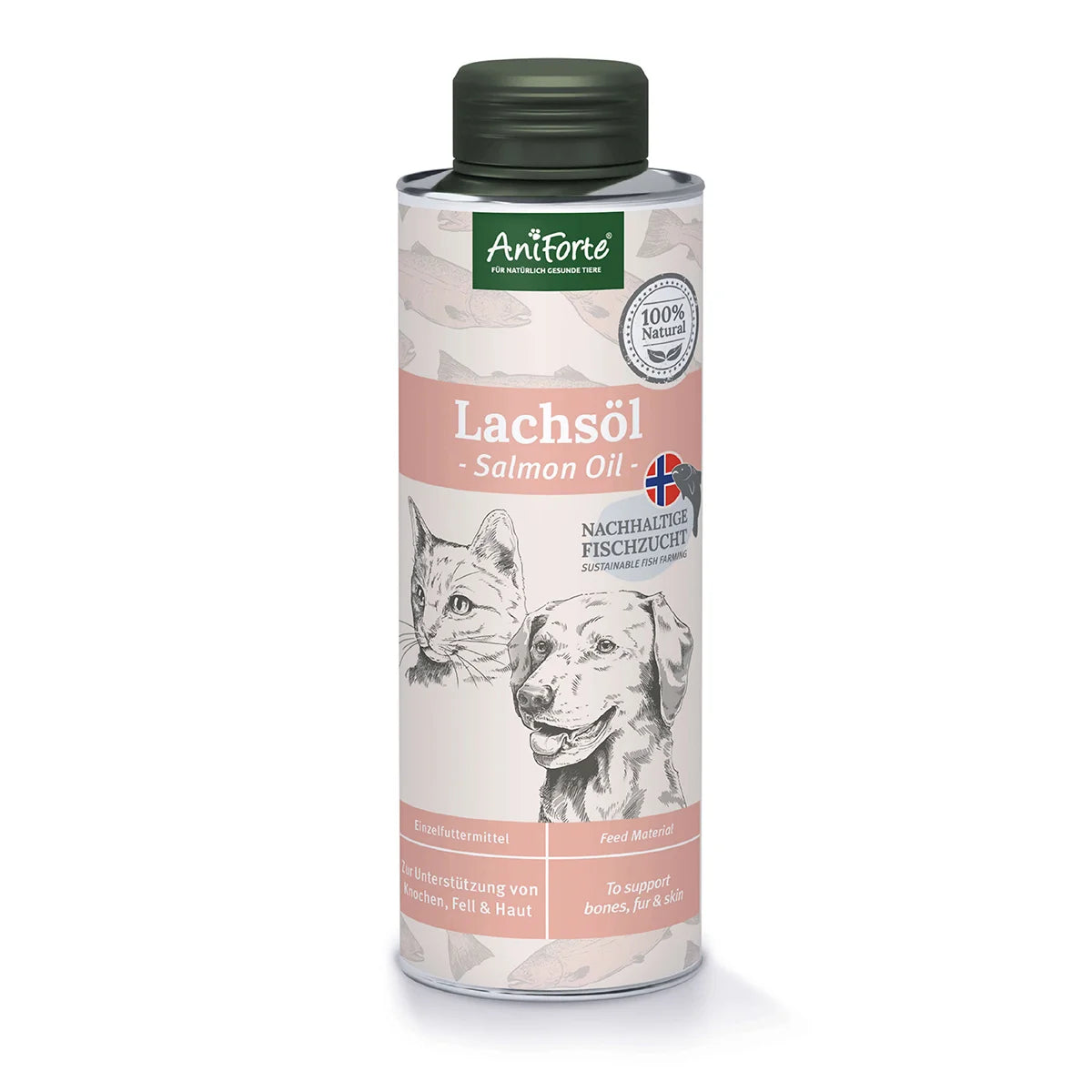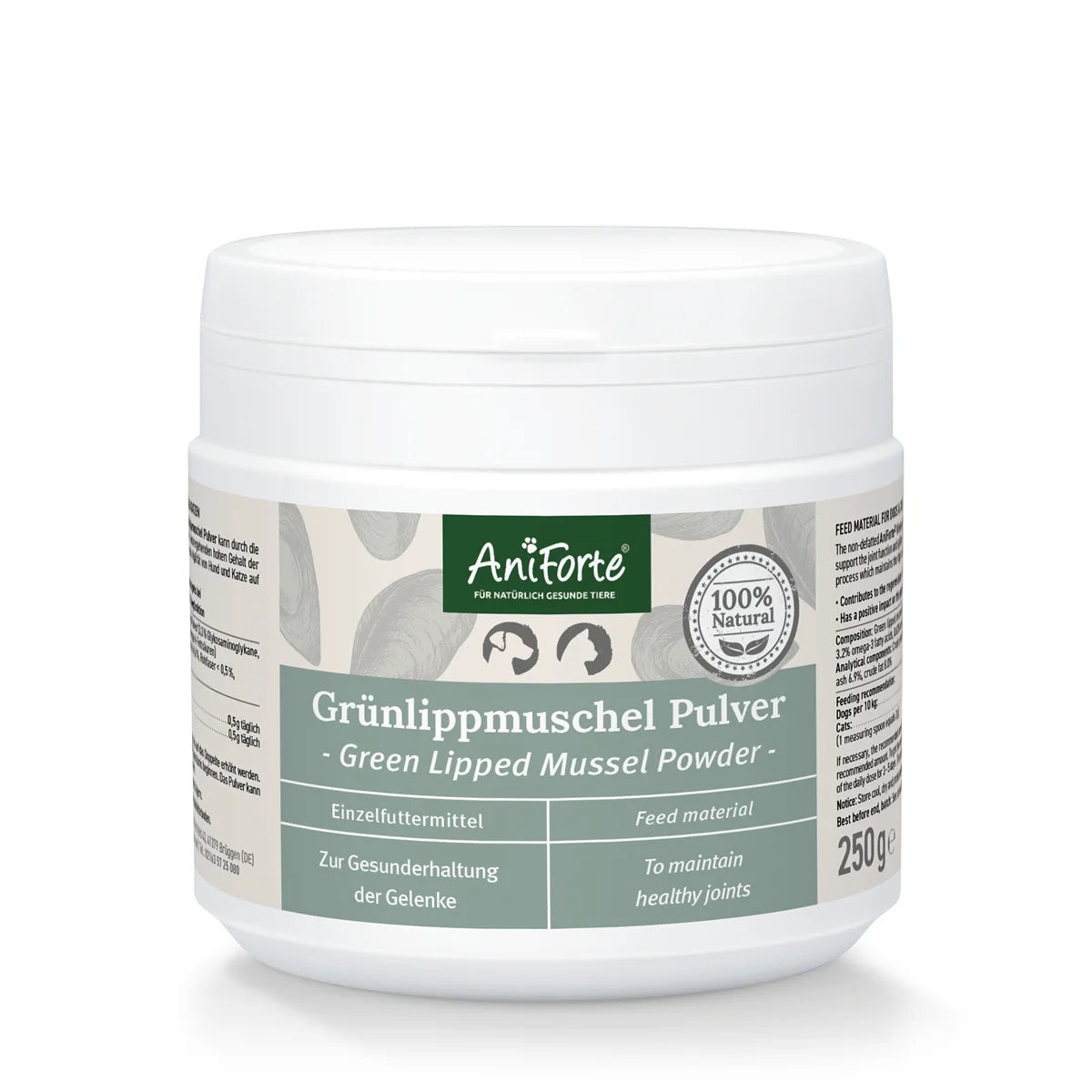
Spring and Summer as the most active seasons for ticks - that was once upon a time, now the little pests are active in Winter, too. The ornate dog tick, also known as the meadow tick (dermacentor reticulatus) has significantly expanded its territory to Northern Europe. While this type of tick used to be considered a souvenir from southern European countries, it has now become a regular guest in wooded areas across Western Europe. However, within the UK it is largely found in coastal areas (West Wales and SW England, with a recently discovered population in Essex) (source: Bristol University)
Year-round tick prophylaxis is needed
“Dermacentor reticulatus” is the name given to the cold-resistant tick, one of 35 tick species in the genus Dermacentor. Brown and up to 16 millimeters in length, it is not only larger than the common wood tick, it is also the carrier of numerous diseases. From dog malaria to horse piroplasmosis to Q fever, a disease without an approved vaccine, the meadow tick is said to also transmit the pathogen of the dreaded early summer meningoencephalitis (TBE). Our animal health practitioner Dunja Wardecki warns: "Vaccination protection and year-round tick prophylaxis are more important than ever."
Study shows significant expansion
According to the study "The spatial distribution of Dermacentor ticks (Ixodidae) in Germany - evidence of a continuous spread of Dermacentor reticulatus" from September 2020, in Germany the meadow tick has spread considerably over the past 50 years. If the ticks were found in Eastern Germany in the 1960s, they now inhabit the entire country all year round.
Researchers see climate change as the cause of this increase in tick population. Since it is also getting warmer in Northern Europe, all types of ticks are happy about the mild temperatures. The meadow tick prefers temperatures around 20° C, but thanks to its cold tolerance it can now survive winter as well.
In addition, ticks have generally become more adaptable. So it is not surprising that they start looking for possible hosts at 4° C. Studies have shown that even in the freezer at -12° C, the pests remain active for a few days.
Dogs and horses as popular hosts
The meadow tick prefers dogs, horses, cattle or foxes as its host. So far, humans have largely been spared and are only bitten in rare cases.
While most pet owners do not think about tick protection for their pets until March at the latest, the recent spread of meadow ticks shows that the winter months should also be included in protective care.
The meadow tick is much more aggressive
In contrast to the more passive wood tick, which attacks the host by locating it with Haller's organ in direct body contact, it was observed that the meadow tick actively searches for prey and moves aggressively towards it after locating a possible host. So far, this behaviour is mainly known from tropical ticks.
As a habitat, the pests favor moist areas such as moors, wet meadows, but also open areas as well as meadows and forests.
If you want to protect your furry friend from infection with dog malaria or the widespread Lyme’s disease caused by ticks, we recommend using natural tick remedies all year round and strengthening your animal's immune system, because strong defenses protect your pets from ticks from the inside out and make them unattractive for the ticks.






